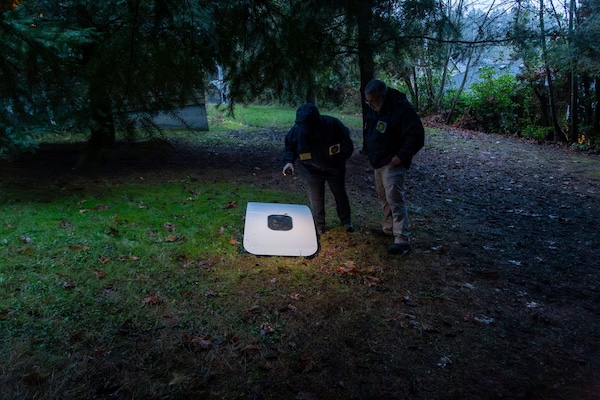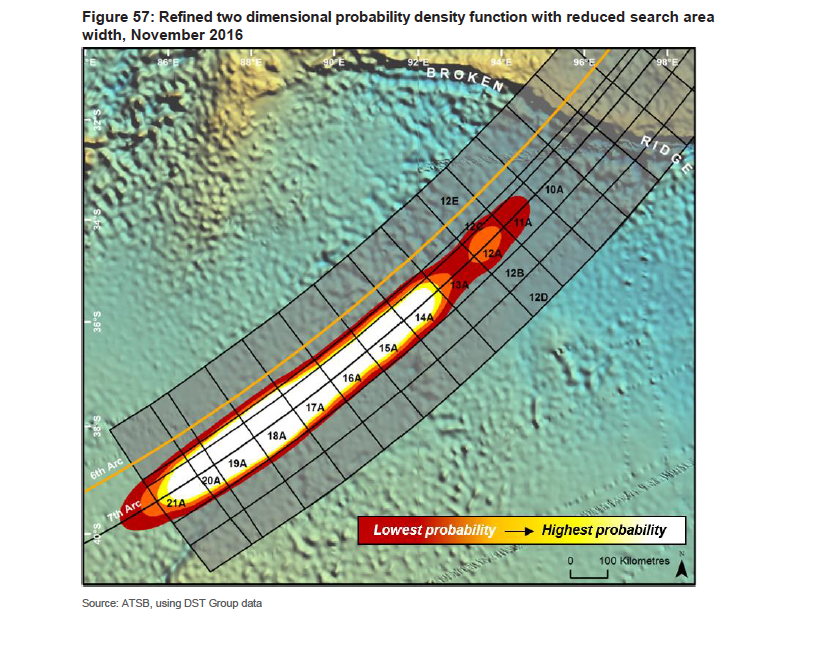When the fuselage of Alaska Airlines Flight 1282 ripped open on January 5 as it flew from Portland, Oregon, to Ontario, California — exposing passengers to howling wind, an up-close-and-personal look at the starry heavens, and an intimate brush with their own mortality — it occasioned a familiar ritual. There was the discovery of even more disturbing flaws in the model, the Boeing 737 Max 9, in the form of loose bolts in multiple other planes. There were professions of remorse from Boeing and not entirely convincing assertions of its commitment to the well-being of its passengers (“Safety is our top priority”). And there were promises of an investigation by regulators: “This incident should have never happened and it cannot happen again,” the Federal Aviation Administration said.
This cycle — shock, regret, vows to do better — has happened before. After the deadly Lion Air crash in 2018, which killed 189 people, Boeing proclaimed, “Safety remains our top priority” — only for another equally deadly 737 Max crash in Ethiopia, which killed 157 people, to prompt the worldwide grounding of all Max planes in 2019. A criminal inquiry resulted in a fine of over $2.5 billion, and while it remains to be seen what will come of a class-action lawsuit filed by the traumatized passengers of Flight 1282, it is clear that even hefty penalties aren’t enough to keep flawed planes from the skies. Although more issues were recorded since the 2019 grounding, including the discovery of hundreds of holes that were drilled incorrectly on the Max’s aft pressure bulkhead, the Max was patched up and cleared to return to service.
As a burgeoning genre of books and documentaries has made clear, Boeing’s problem is not fundamentally a matter of engineering but of culture. For all its claims of putting safety first, the company’s actual priority is to maximize profit and shareholder value. Instead of investing in hiring and nurturing the best employees, or designing and building a new generation of aircraft, Boeing has spent its billions on share buybacks. Like piloting a faulty plane, this kind of strategy works until it doesn’t.
Continue reading New York: Who Will Rid Us of This Cursed Plane?




